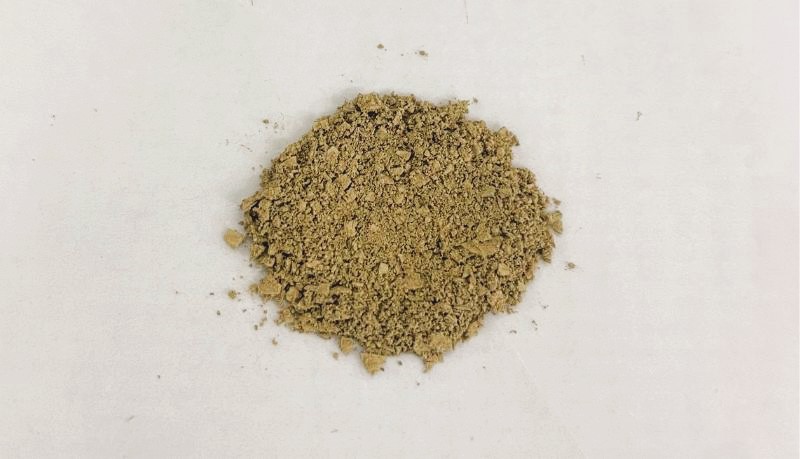3. Lignin
What can Rubber Seed Lignin be used for?

Organosolv lignin offers a wider range of applications compared to traditional lignin sources due to its cleaner chemical composition and higher purity. Here are some of its key applications:
-
- Cosmetics and Sunscreens: Organosolv lignin is a bio-based and renewable resource, aligning with the growing demand for sustainable ingredients in cosmetics and sunscreens. Lignin possesses antioxidant activity which can help protect the skin from free radical damage, a factor in aging and some skin conditions. Lignin might offer some degree of UV absorption, potentially contributing to sun protection. Lignin may exhibit some antimicrobial activity, potentially reducing the need for additional preservatives in cosmetic formulations.
- Bioplastics and Composites: Organosolv lignin’s natural characteristics make it a promising bio-based alternative for replacing petroleum-derived components in plastics and composites. Its properties like good dispersibility, adhesion, and thermal stability make it suitable for use in various biocomposites for applications such as automotive parts, furniture components, and building materials.
- Biofuels and Bioenergy: Research is ongoing to explore the potential of using organosolv lignin for the production of biofuels and bioenergy. Lignin’s complex structure can be broken down into simpler molecules that can be converted into bioethanol or other biofuels.
- Adhesives and Resins: Organosolv lignin can be used as a binder or filler in the production of bio-based adhesives and resins. This can contribute to the development of more sustainable and eco-friendly alternatives to traditional adhesives used in wood products, packaging materials, and construction applications.
- Carbon Sequestration: Lignin’s ability to store carbon makes it a potential tool for carbon sequestration. Organosolv lignin can be incorporated into products or processes that help capture and store atmospheric carbon dioxide, contributing to efforts to mitigate climate change.
